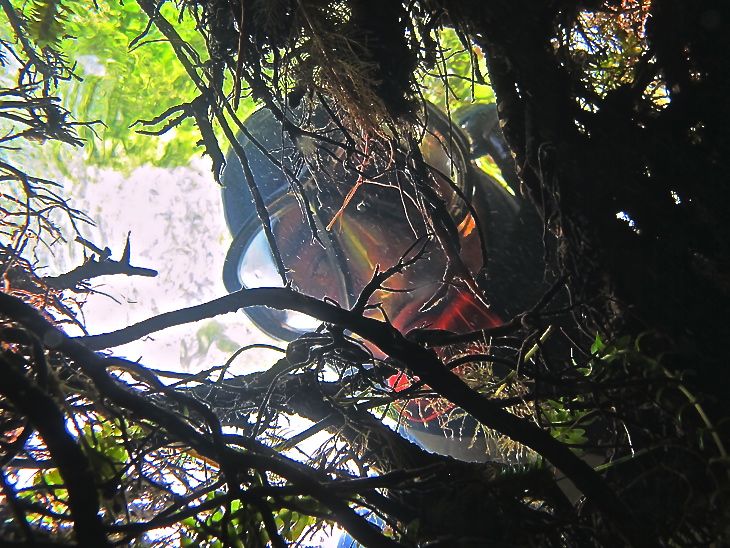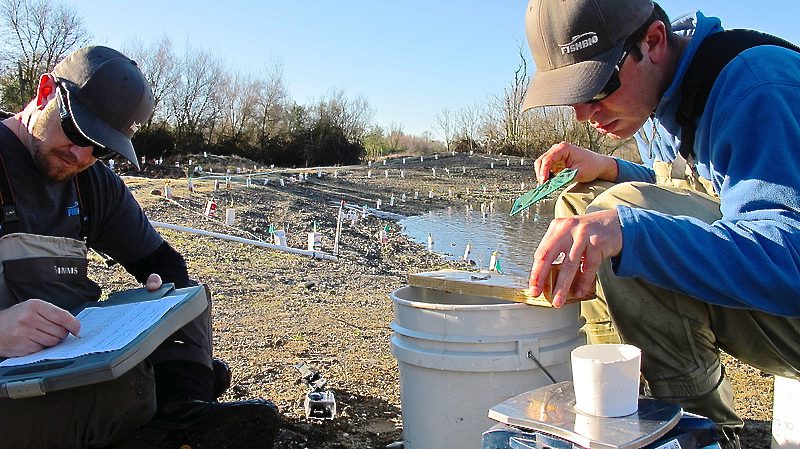Monday July 8, 2013

Now that the hard work of creating viable side-channel habitat at Honolulu Bar has wrapped up (see Restoration Complete), it is time to see how aquatic life is moving in to the newly restored setting. An important part of any restoration project is continued monitoring to gauge a site’s progress in achieving its initial goal—which, in this case, is to create more spawning and rearing habitat for salmon. Post-project monitoring surveys began at Honolulu Bar in the fall of 2012, and will continue for the next ten years to determine changes in the physical habitat, vegetation cover, microinvertebrate communities, and, of course, how salmon use the site.
Part of this post-project monitoring will include water elevation measurements, flow transects, and stream gradient measurements to assess how changes in river flow affect the physical spawning habitat. Vegetation monitoring will be conducted by taking photographs at established locations over time to track the survival and growth of revegetated plants (see Plant a tree, help a salmon), and D-frame kick nets will be used to monitor benthic microinvertebrates, which are an important food source for salmon. Finally, a variety of different sampling methods will be used to determine if salmonids are taking advantage of their new habitat, including seining, snorkeling, and redd mapping surveys. So far, early indications suggest that the project has been a success in achieving its initial goals.

